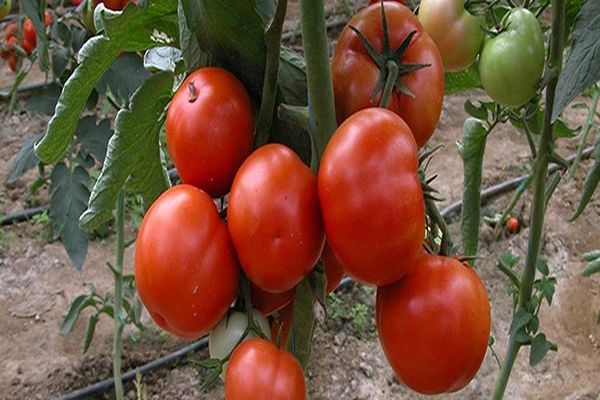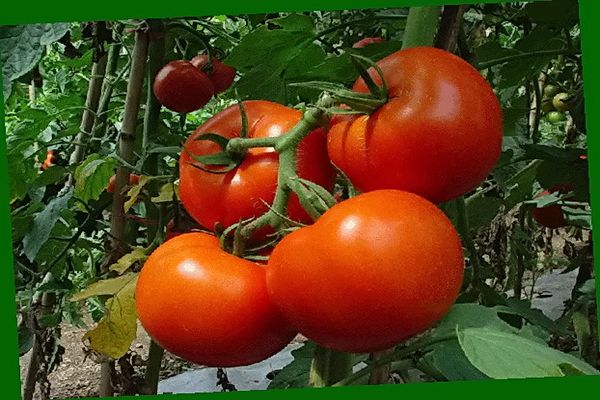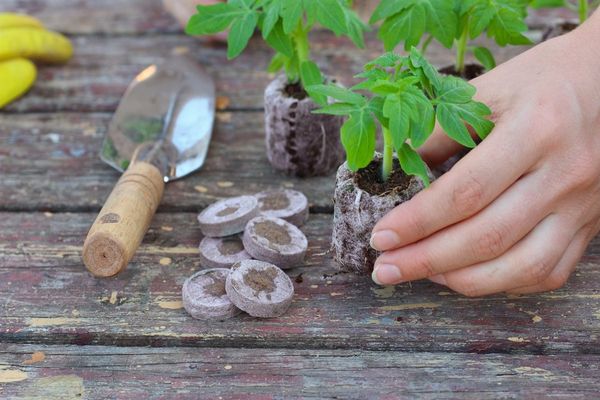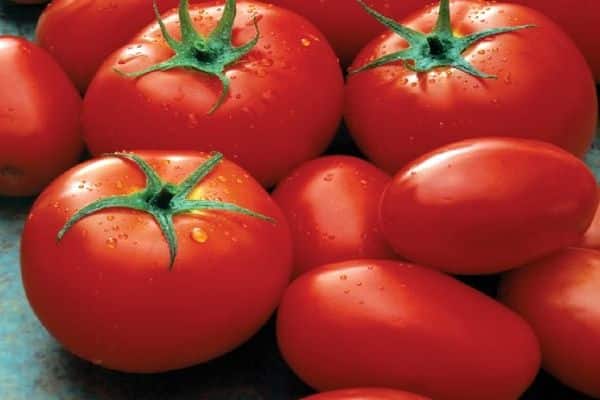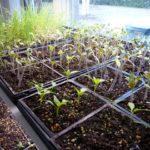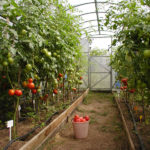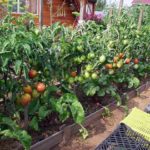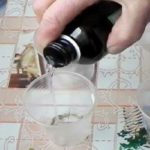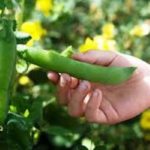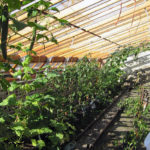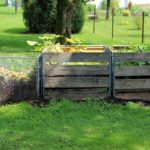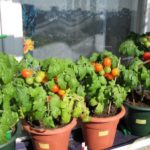The Perseus tomato belongs to a varietal species. It has excellent taste and is relatively small in size, unlike hybrid varieties.
general information
This variety was bred in Moldova back in the 19th century. Perseus tomatoes have an average fruit ripening period: the period of time from germination to harvesting the first fruits is approximately 110 days.
The characteristics of the variety state that the weight of one tomato can reach 180 g. Usually, the largest fruits grow on the first bunches, and each subsequent bunch has smaller tomatoes. Each fruit has 5–7 seed chambers, and the dry matter content is relatively low.
The main distinctive features of the variety:
- excellent taste;
- average fruit size;
- good transportability;
- resistance to typical tomato diseases;
- the ability to grow in open areas and in greenhouse conditions.
Ripe Perseus tomatoes have a bright scarlet color. The shape is typical - round, slightly flattened at the top and bottom. The consistency of the pulp is relatively dense and has excellent taste.
The bushes of the Perseus tomato are low, only 60 cm (determinant type). A very powerful bush with lots of foliage. Inflorescences are located in the axils of the stems. 3–5 fruits ripen on each cluster. The first is usually formed around the sixth leaf.
This variety of tomatoes is universal in use. The description of the variety notes that the tomato is suitable for fresh consumption, canning and pickles.
Tomato paste, ketchup and juices are prepared from the fruits. According to gardeners, the thick skin of tomatoes allows them to be transported over long distances without problems and preserved for a long time.
Requirements for seed material
Particular attention should be paid to the quality of the seeds that will be used to grow seedlings. Some people buy seeds in stores. The description of the Perseus tomato indicates that this is not a hybrid variety, therefore, it can be successfully grown as seedlings from seeds collected from your own plot. To do this, the healthiest bush is selected, on which the fruit of the most regular shape and large size is left. It is better if the fruit that is left for seed grows on the first ovary from the ground.
Ripe Perseus tomatoes, intended for collecting seeds from them, are laid out in one layer on a flat surface for final ripening.Then the seeds are selected from them, washed in water and placed on a sieve to drain the water.
The seeds are laid out on a sheet of paper to dry, and then placed in paper envelopes for storage. It is advisable to make an inscription on the bag about the variety and date of preparation. Tomato seeds that are stored for more than 5–6 years lose their viability.
Soil for sowing seeds can be purchased in specialized stores or prepared with your own hands. To do this, add compost and humus to the soil dug up in the garden.
It is advisable to take soil on which nightshade crops have not been planted for several years. To disinfect the soil, water it with a slightly pink solution of manganese.
Purchased soil has the following advantages over garden soil:
- There are no pathogens, including fungal ones, that usually affect plants.
- Much lighter than garden wood and less dense.
- Some soils are enriched with photobacteria, which have a protective function for seedlings.
- The soil from the package is balanced in nutrients.
- When using, there is no need to prepare it in advance and store it indoors for a long time.
- It is inexpensive and can be purchased in the required packaging.
They begin to sow seeds taking into account the fact that seedlings will have to be planted in open ground after 2 months. If seedlings are planted in greenhouses, you can plant the seeds 2 - 3 weeks earlier.
Preparing seeds for planting
Seeds are prepared for planting in several ways.
You can soak them in a growth stimulator. The sown seeds should be carefully looked after. Improper care can lead to drying out of the soil or the formation of mold due to excess moisture.
Planting seeds
A description of planting seeds can begin with soaking them in a weak solution of manganese. After 2 hours, the liquid is drained and the container is left covered with a damp cloth so that the seeds hatch. When most of the seeds have sprouted, they are ready to sow. In a container with soil, grooves are made at a distance of 5 cm. The depth of planting the seeds is 1 - 1.5 cm. Then the planting is covered with soil and the soil is lightly compacted.
To reduce the process of evaporation of moisture from the soil, the container with the planted seeds is covered with film and placed in a warm room until germination. After this, the container with the seedlings is taken to a cooler place with a temperature of approximately +21 degrees.
Be sure to ensure that there is enough light in the room with the seedlings. It is necessary that there is light in the room for 12 hours, and in case of insufficient lighting, the bushes are illuminated with phytolamps.
Tomato seedlings, in addition to lighting 12 hours a day, require darkness the rest of the time, when the shoots release carbon dioxide and are saturated with useful substances.
Approximately 10–14 days after the appearance of the first shoots, the seedlings are picked. It is transplanted into another container. Can be transplanted into peat pots.
Planting seedlings in the soil
It is recommended to plant tomatoes in the soil after zucchini, cabbage and pumpkin. You should not plant for more than two years in a row. tomatoes in the same place. When the ground warms up by more than +14 degrees at a depth of 15 cm, you can begin planting seedlings. This process usually begins in early June.
Humus and wood ash are added to the prepared holes, and then a peat pot with seedlings is placed. The upper part of the pot with seedlings is sunk 4–5 cm into the soil. This is especially necessary if the plant is too elongated.
Irrigation regime
Watering is carried out a week after planting the seedlings in the soil. Until the ovary appears, water 2 times a week, and then reduce it to 1 time for the same period. Excess moisture, as well as its lack, leads to the fact that the fruits crack.
Reviews
Mikhail Ivanovich, Belgorod region: “I’ve been planting Perseus tomatoes for 5 years. This is a disease resistant variety. Fruiting is abundant. The taste is pleasant. I hope that you will agree with me if you grow them on your site.”

